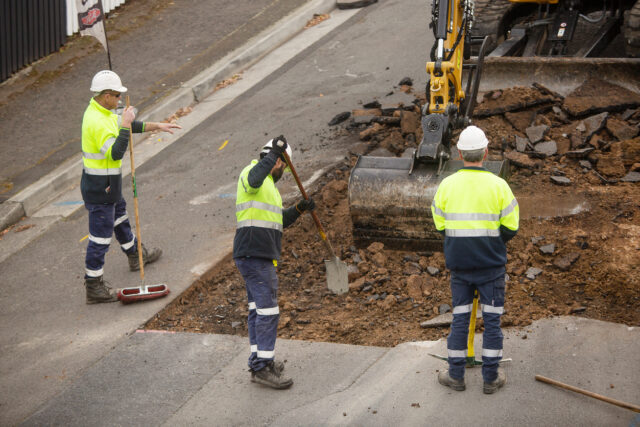By Steve Mooney
Infrastructure is a key priority in New Zealand and one of the factors driving the new push is an understanding of the infrastructure deficit. This has been estimated at NZ$100 billion, which is the amount required to modernise, upgrade and build the infrastructure which New Zealand actually needs today.
If that isn’t daunting enough that NZ$100 billion could become NZ$200 billion by 2030 if nothing is done now, and if New Zealand falls further behind.
The positive news is that the Government is making infrastructure a priority and has a new approach.
The upcoming 30-year National Infrastructure plan is designed to deliver greater stability and a consistent commitment to New Zealand infrastructure program, with a strengthened pipeline and a set of priority projects.
In focusing the national attention on infrastructure there is nothing like a big number to galvanise people into action, and the size of the infrastructure deficit has certainly done that.
It reminds us of the ongoing benefits of monitoring and measuring, and the power of quantifying a task to better understand what needs to be done.
In Australia, the Australian Local Government Association (ALGA) regularly publishes its National State of the Assets Report, which assesses how councils are addressing the challenges of maintaining infrastructure.
It looks across a range of asset types, from roads and bridges, parks, to stormwater and aerodromes.
The key finding in the 2024 report was that 8% of local government infrastructure assets are in a poor condition, with significant defects which need intervention and repair.
Encouragingly, this is an improvement on the last report in 2021, when it was judged that 10% of assets were sub-par.
The report also estimates the replacement cost of all poor and very poor assets at approximately A$51 billion, and puts an estimated cost of A$143 billion to A$179 billion on replacing the assets which are in a fair condition.
Another important finding is that of the 450 or so councils surveyed for the report, around one third do not have an asset management plan adopted for their major assets, and if they do the plans are out of date.
As the ALGA points out, the report highlights the importance of reliable and credible data to support council decision making, and the role of asset management planning for every council.
The report may be delivering some salutary statistics, but it is a benchmark to work from and delivers point in time data and analysis from which progress can be measured.
New Zealand already has a three-year update on the state of the nation’s land assets published by the Ministry for the Environment.
The most recent update was published in April this year and included assessments on the state of New Zealand’s soil, data on soil erosion and the loss of urban green space.
For example, around 30% of Auckland’s urban area consists of private green space, and expected population growth could reduce this by 5 to 10% over the next two decades.
On soil erosion, 5% of the landmass was classified as at risk of mass movement erosion.
The report has a small section on infrastructure, noting how land resources are “foundational infrastructure” which underpin the economy, support public health and protect the population against disasters.
This is all useful information but perhaps it is time for New Zealand to go further, and be more granular in its understanding of the state of its infrastructure base.
Aggregating the more detailed condition of assets in the way the ALGA has done would create a valuable national benchmark, similar to that used in Australia.
It would help pinpoint priorities and keep infrastructure at the front and centre of the national agenda, reminding New Zealand of what needed to be done but also showing where improvements had been made.
In announcing the National Infrastructure Plan, minister Chris Bishop has been upfront in how it has “picked up lessons” from Australia’s Infrastructure Priorities Programme.
New Zealanders have their own way of doing things and don’t always want to emulate what happens across the ditch, but if the national government can take its infrastructure cues from Australia, then perhaps there are tools we can apply to assessing the state of our assets as well.
We can’t act effectively on what we can’t measure, and right now, perhaps we are not measuring enough.














